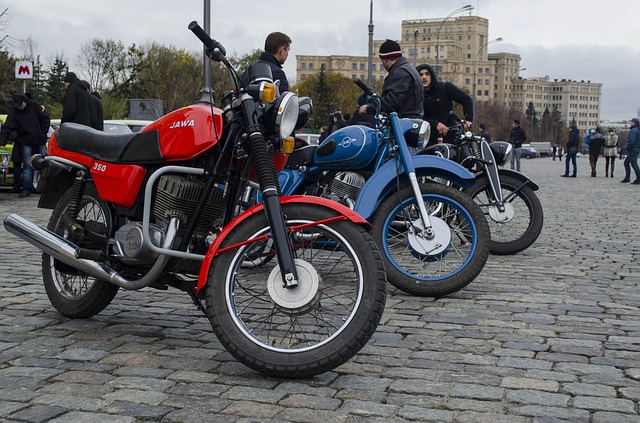
Many people think that motorcycle insurance works the same way as auto insurance. While both forms of coverage serve the same basic purpose, and the claims process is nearly identical, there are important differences to understand. Here are five ways motorcycle insurance is different from your general auto coverage.
1. It’s More Expensive
A motorcycle costs significantly less than a car. However, insuring a motorcycle usually costs more. This is because motorcyclists are at a higher risk of an accident, and thus a higher risk of making a claim. Someone riding a motorcycle is 5 times more likely to be injured and 29 times more likely to die in a traffic accident than someone driving a car. The good news is that the cost of coverage goes down if you have an inexpensive motorcycle and a good riding record, and are not insuring a sports bike.
2. Personal Injury Protection
Motorcycles offer very little physical protection, and riders are usually thrown from the vehicle in an accident. This means that they’re much more likely to be seriously injured than occupants of another vehicle. An option form of coverage called personal injury protection (PIP) is available for both motorists and motorcyclists, but it is much more important for motorcycle owners to get it since they’re more likely to be injured.
3. Passenger Coverage
Auto insurance automatically covers passengers in an accident as long as you buy more than basic liability coverage. Motorcycle coverage is different because bikes are usually assumed to be a means of transportation for one person. Guest passenger liability insurance is an option to cover injuries to passengers, but it usually only applies if you are not liable for the injuries. Medical payments coverage is another option that covers injuries regardless of fault.
4. Laid Up Insurance
Insurance companies understand there is no risk of a motorcycle accident during the winter when your motorcycle is stored. Many insurers offer laid up insurance that covers you against theft, fire, and other threats during winter storage. Laid up coverage reduces your annual motorcycle insurance costs, but you won't be covered if you take your bike out during this period and get in an accident.
5. Different Coverage Add-ons
Motorcycle insurance can be customized with several types of unique add-on coverage. Along with standard add-ons that motorists have available to them like roadside assistance, motorcyclists also have options like transport trailer coverage and coverage for custom accessories, parts, and equipment like chrome and saddlebags.
As you can see, not all vehicle insurance is the same. Motorcycle coverage shares many similarities with auto insurance, but don't make the mistake of assuming they're the same. If you do, you may not have the coverage you need when you buy a policy.